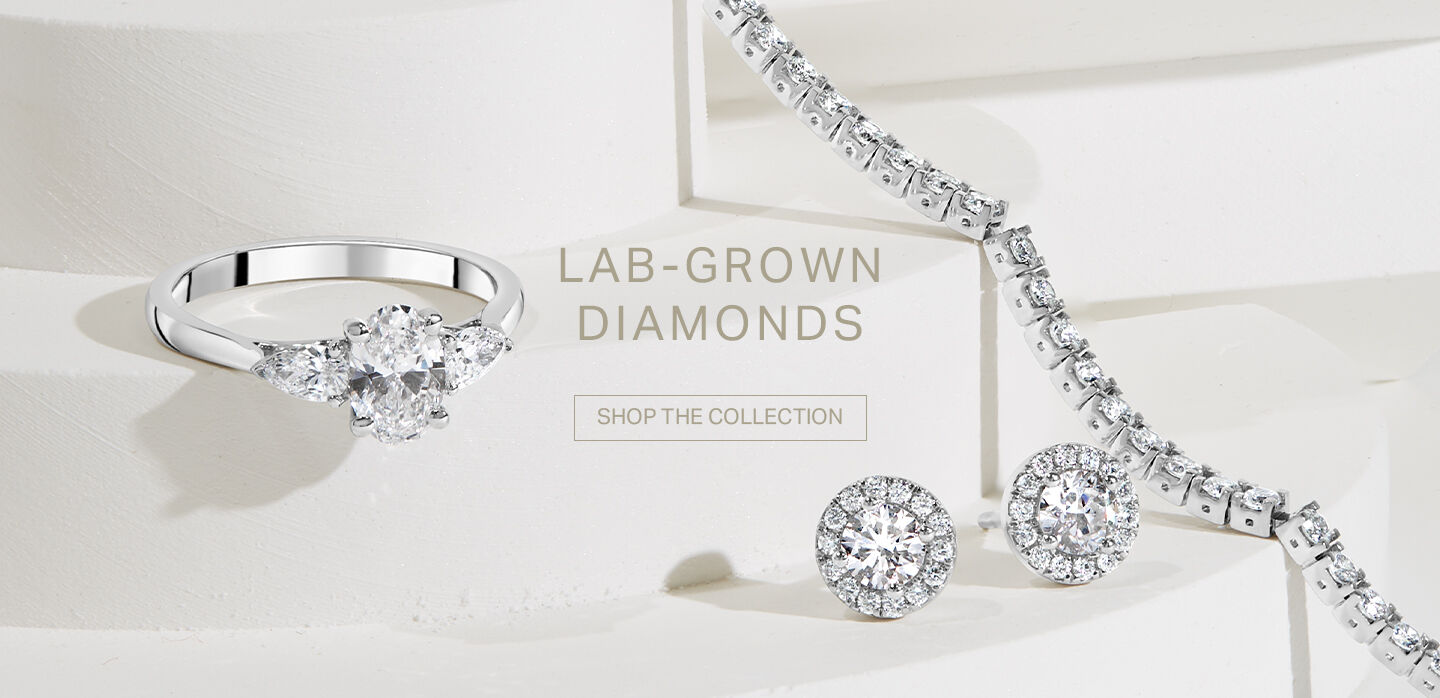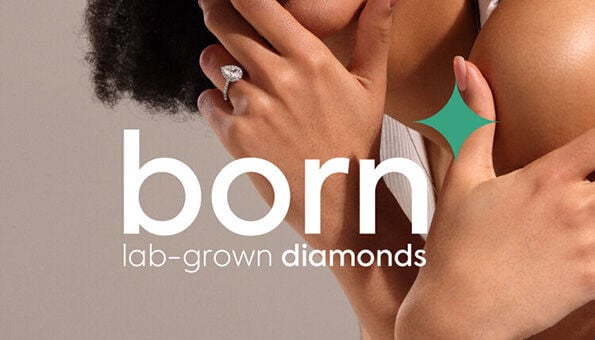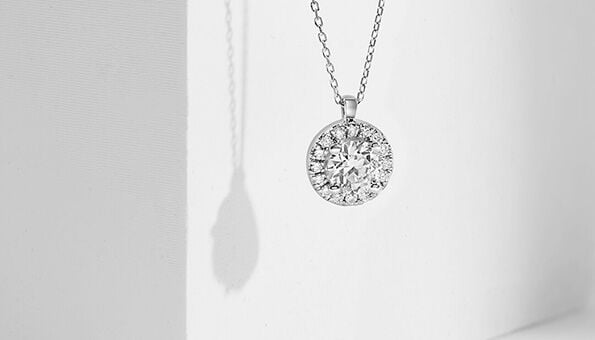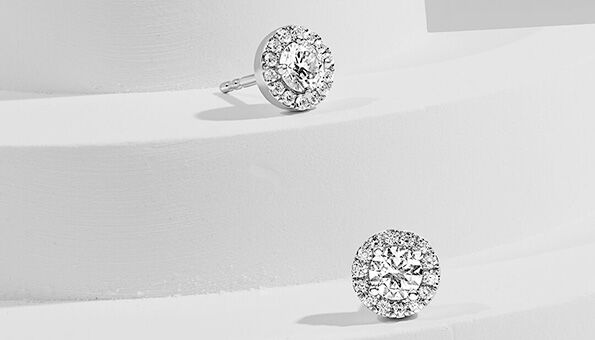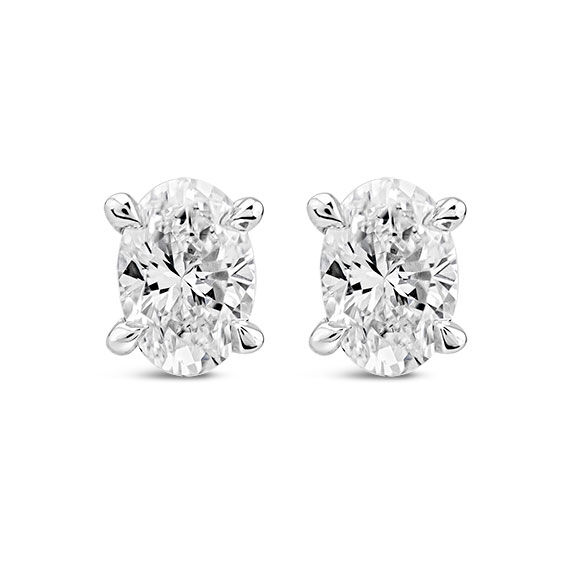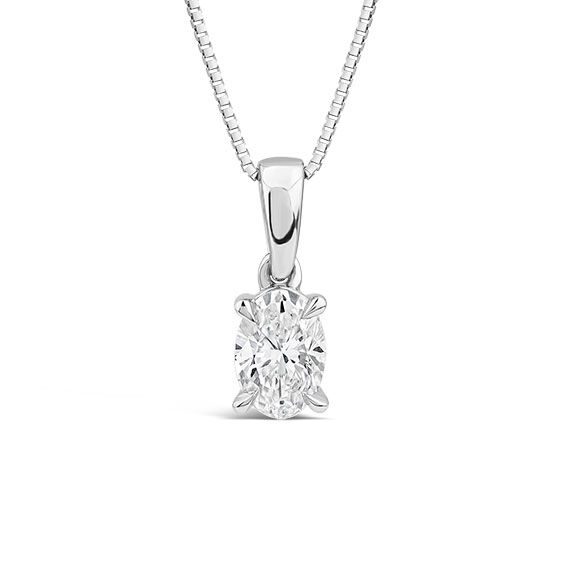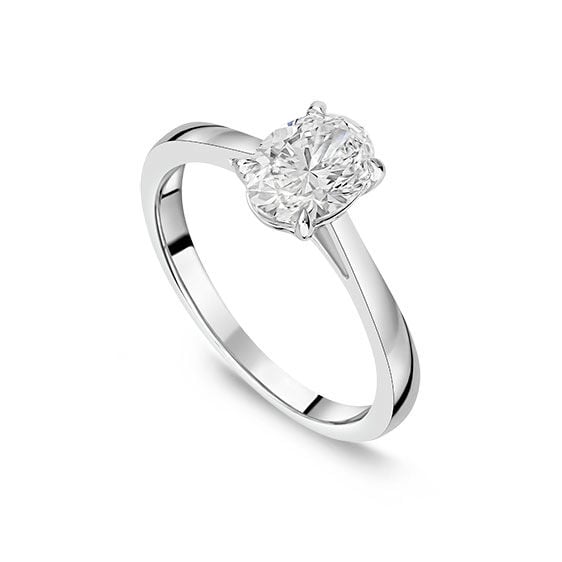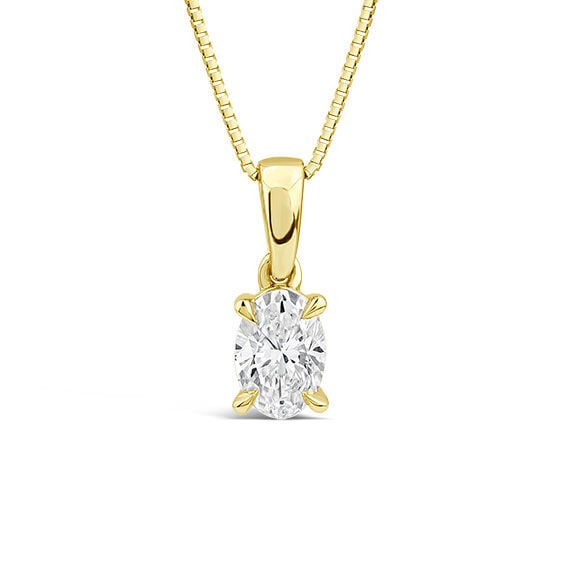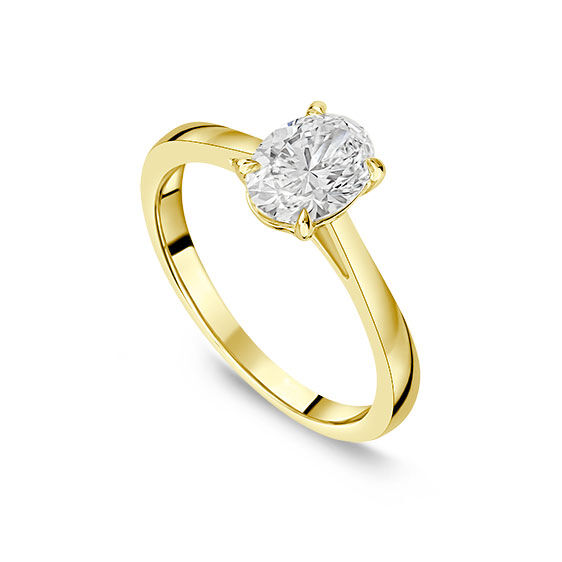Born
Lab Grown Diamonds from Fraser Hart
Born is an expertly curated collection of lab grown diamonds, created with experienced craftmanship and cutting-edge technology. Whether it's for an engagement, or to mark a milestone, a born diamond is the perfect choice to bring joy with each wear.
View and try on our exclusive born collection in 17 of our stores or shop online.
Our unique range of lab-grown diamonds are expertly cultivated in laboratories. The process replicates nature’s billion-year long forces, to grow a truly exceptional diamond.
Explore our exquisite selection of fine jewelry featuring premium lab-grown diamonds, including bracelets, necklaces, and rings. Discover stunning pieces perfect for a meaningful gesture or a luxurious treat for yourself or your loved ones. Shop online or visit your nearest Fraser Hart store today.
Interest Free Credit is available on our range of Lab-grown diamonds. If you would like to know more about interest free credit, please click here.
Frequently Asked Questions about Lab Grown Diamonds
Once fully formed, both lab and earth grown diamonds are then cut and polished for maximum brilliance.
All our lab grown diamonds are IGI Certified.
1. High Pressure High Temperature – HPHT
2. Chemical Vapour Deposition - CVD
HPHT
This Earth-inspired method was brought to life in the mid-1950s and is known as “high pressure high temperature” (HPHT). A small diamond seed is combined with a carbon source, like graphite, and then placed in a giant mechanical press. There, in the presence of a catalyst, it’s subjected to temperatures of around 1,600 degrees Celsius and pressures of 5-6 Gigapascals in order to form a diamond. The force used is like balancing a commercial jet or the Eiffel tower on the tip of your finger. And in effect, this process recreates the conditions under which mined diamonds are formed in the Earth’s core.
CVD
The newer method is called Chemical Vapour Deposition, or CVD and is more akin to how diamonds might form in interstellar gas clouds. CVD diamond production is different from HPHT growth in two major ways. First, the diamonds are grown in a vacuum instead of under tremendous pressure. Secondly, CVD growth requires large, flat plates of diamond instead of small diamond seeds. To grow a CVD diamond, square diamond plates are placed into a vacuum chamber. The chamber, known as a reactor, is then injected with a hydrocarbon gas, such as methane, and the gas is heated, typically to 3,000 - 4,000 degrees Celsius. At the same time, high-power microwave energy is infused throughout the chamber, creating a hydrocarbon plasma that acts as a catalyst to break down the atomic bonds in the hydrocarbon mix. This separates the carbon atoms from the hydrogen atoms, and the resulting free carbon 'rains' down on the diamond plates, vertically growing the diamond atom by atom, similar to the way that snow collects on a table.
What You Need to Know About
Lab Grown Diamonds
